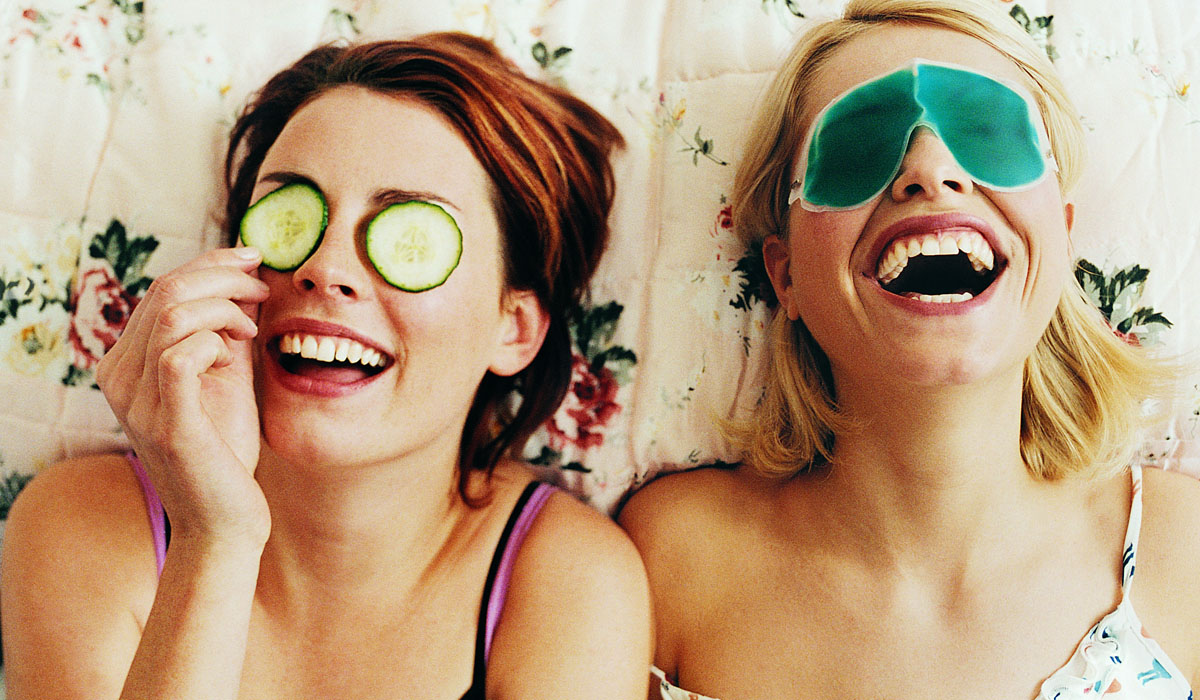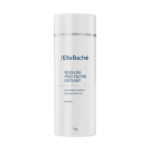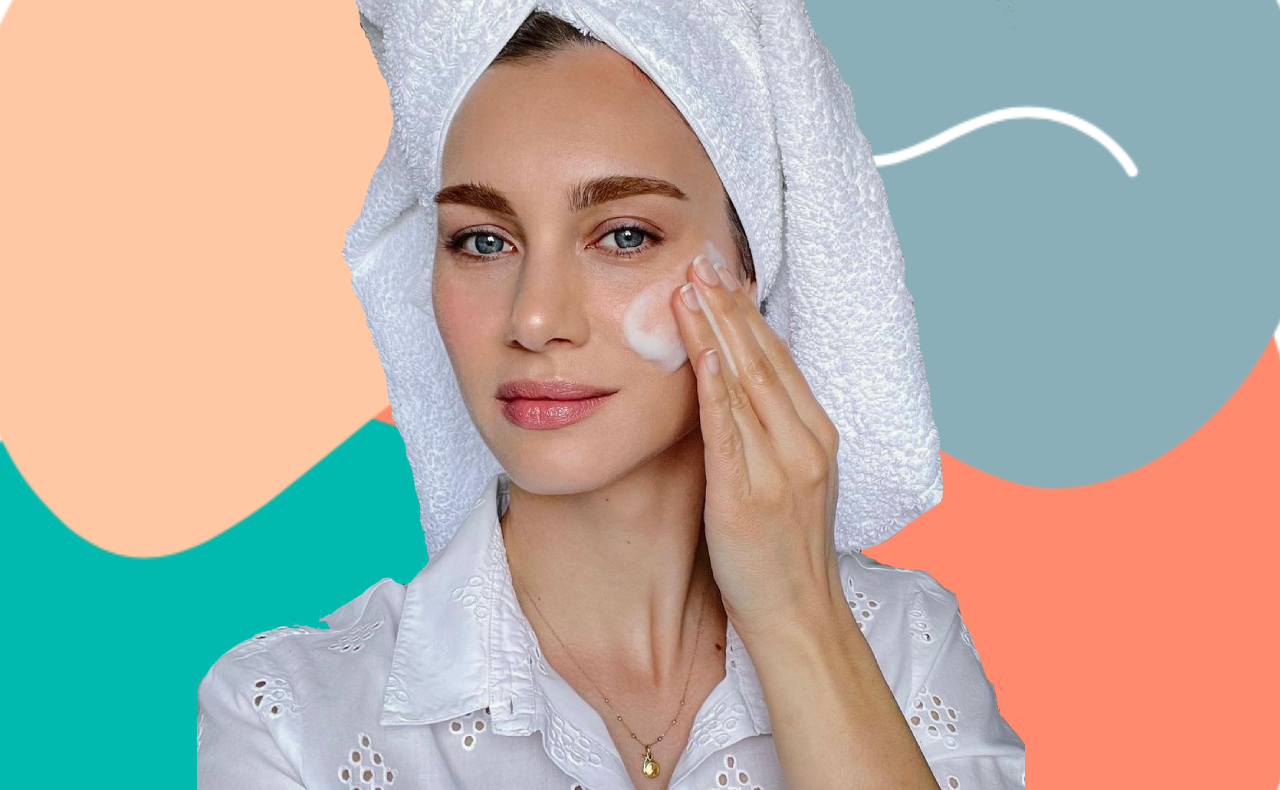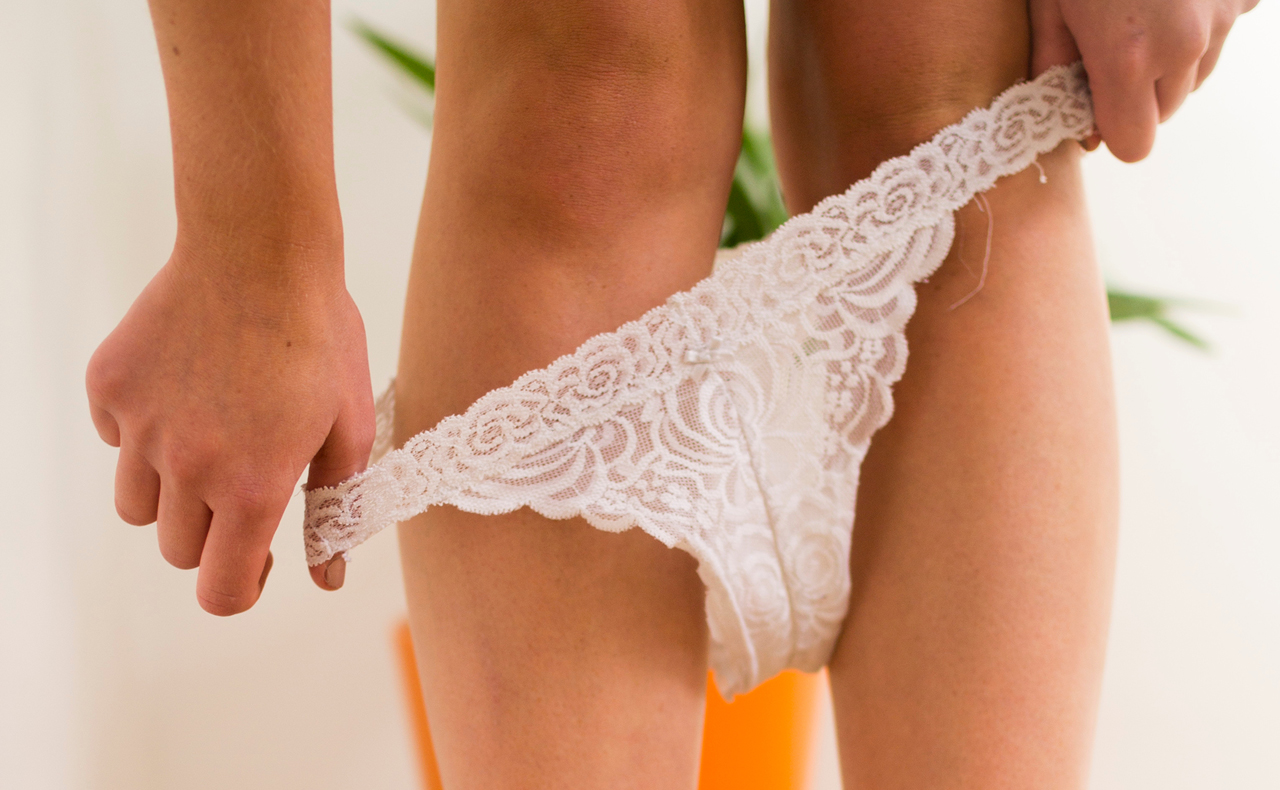Teenage acne, like any kind of acne, can occur for a number of reasons. Out of whack hormones, clogged pores, not taking care of your skin properly—these are all just some of the reasons why acne can take over our face. Of course, we can’t control every factor (when it’s that time of the month and our hormones are out of control), but there are definitely some preventative measures you can take to remove these painful, persistent little bumps. We spoke to Emma Hobson, Education Manager for the International Dermal Institute and Dermalogica, to find out all about teenage acne, and how to effectively prevent and treat it.
RELATED: “I had terrible acne as a teenager”
RELATED: Acne at any age
What causes acne in teenagers
“A spot is formed when there is an impaction (blockage of dead skin and sebum/oil) in a skin follicle (blackhead),” says Hobson. “The bacteria in the follicle can grow and multiply … as they multiply they cause irritation and swelling (a red pimple) and then with so much bacteria and pressure it bursts the lining of the follicle and so spreads the infection.”
Hobson says the primary cause of teenage acne is down to a few things. “Imbalance of hormones (sex steroid) caused by puberty, menstruation and even polycystic ovarian syndrome, another trigger is stress, then there’s incorrect product usage whereby a person is using cosmetics that contain comedogenic ingredients (acne causing). Some medications can also cause the skin to breakout,” she says.
So while there are factors we just don’t have any control over, there are some mistakes we may be making, whether they are in our product choices or how stressed we are getting.
It’s also important to remember how acne on different areas of our face can be for different reasons, and we should adjust our products and lifestyle accordingly.
How to treat teenage acne
Hobson stresses that acne and pimples often comes down to your genetic make-up, and that for some it can be virtually impossible to prevent acne. She does state that for those whose acne is not severe “you should be able to control it by treating the skin with antibacterial and anti-inflammatory skin care.”
She also says “Those with a higher predisposition can mean that their skin produces four to five times more dead skin cells and has larger, more active sebaceous glands than people with non-acneic skin”, if this is you, it may take more than perfecting your simple at-home skin care regimen, however, it can be a good place to start!
Taking care of your skin is a crucial part in taming your acne and keeping it at bay, especially when you first hit your teen years and you are experiencing massive hormonal changes. Hobson recommends trying treatment products like overnight clearing boosters or spot treatments. She says they are “fantastic as you can put them directly on a spot or area of breakouts to help heal them quickly and effectively.” Try products containing salicylic acid as it “stimulates natural exfoliation, helping clear impacted follicles and minimise breakout formation,” says Hobson.
Hobson points out that if your acne is more severe than the odd breakout or two, you will need to accompany your at-home skin care with “assisted treatments. This could be a course of professional deep cleansing, acne focused skin care treatments incorporating the use of a chemical peel or other professional exfoliants such as a combination therapy using digestive enzymes with hydroxy acids.”
Treating acne at home
Hobson says it is possible to treat acne at home with a simple skin care regime using the right products for your skin.
Cleansing
“Cleansing is key for acneic skin. Oily and or congested skin (bumps, blackheads, pimples) needs a foaming gel cleanser, using about a 5 cent piece amount of product,” says Hobson. She explains how application is a crucial step here in ensuring you properly remove all excess dirt and oil. “Use light, upward strokes to gently spread and then massage the cleanser into the skin, but be careful around the eye area. Use your fingers like mini detectives and concentrate on areas that feel congested or dry under your fingers.”
Her top tip? Repeat! Double cleansing will ensure your skin is squeaky clean, leaving no room for those nasties to get into your pores.
bh loves: Dermalogica Clear Start Breakout Clearing Foaming Wash, Ultracueticals Ultra Clear Foaming Cleanser
Exfoliation
Hobson says to start your regime with exfoliation. “It’s important throughout to prevent the skin from feeling dry, rough and flaky and it will help eradicate any ‘dry patches’ you may be experiencing.” She recommends products containing hydroxy acid, in particular salicylic acid, as this is a great ingredient for clearing under the skin congestion (think those annoying little bumps). A word of warning Hobson gives, however, is to never use a scrub directly over your breakout, as this can cause damage and scarring.
bh loves: Paula’s Choice Clear Regular Strength Anti-Redness Exfoliating Solution with 2% Salicylic Acid, Ella Bache Revealing Fruit Enzyme Exfoliant
Masks
Masks are a great treatment for the skin, and if using them consistently, you’re bound to see results! Hobson’s advice on masking? “Untreated blackheads can become breakouts if infected by breakout causing bacteria, so we recommend using a clay based mask 2-3 times per week to help decongest pores before they become breakouts. Apply a clay based mask to remove excess oil and congestion, a medicated gel mask for breakouts or a cooling, hydrating soothing gel mask for sensitive skin.”
bh loves: Dermalogica Blackhead Clearing Fizz Mask, Garnier Active Rescue Mask Matcha + Kaolin
Toner
Toners are a great way to hydrate, cleanse and refresh your skin. Hobson recommends using a spritz toner, “these are easy to use and hygienic. They can also be carried around in a bag to give you and instant hit of freshness.”
bh loves: Dermalogica Clear Start Breakout Clearing All Over Toner
Moisturise
No matter what your skin type, moisturising is essential in your skin care regime. “For oily skin look out for a lightweight, oil-free option. Some may have a medicated nighttime, SPF-free option to work on your breakouts whilst you sleep. Go for an SPF during the day as this will help to protect your skin, and it will reduce the chance of brown spot/scar being left behind after a pimple has healed. You only need a small pea sized amount,” says Hobson.
bh loves: Dermalogica Clear Start Oil Clearing Matte Moisturiser, SkinB5 Acne Control Moisturiser
What are your best tips for eliminating acne? Have you had success with any of these products?








I actually got my kids Biore skin care products when they where in there teens. Great products to help with skin issues.